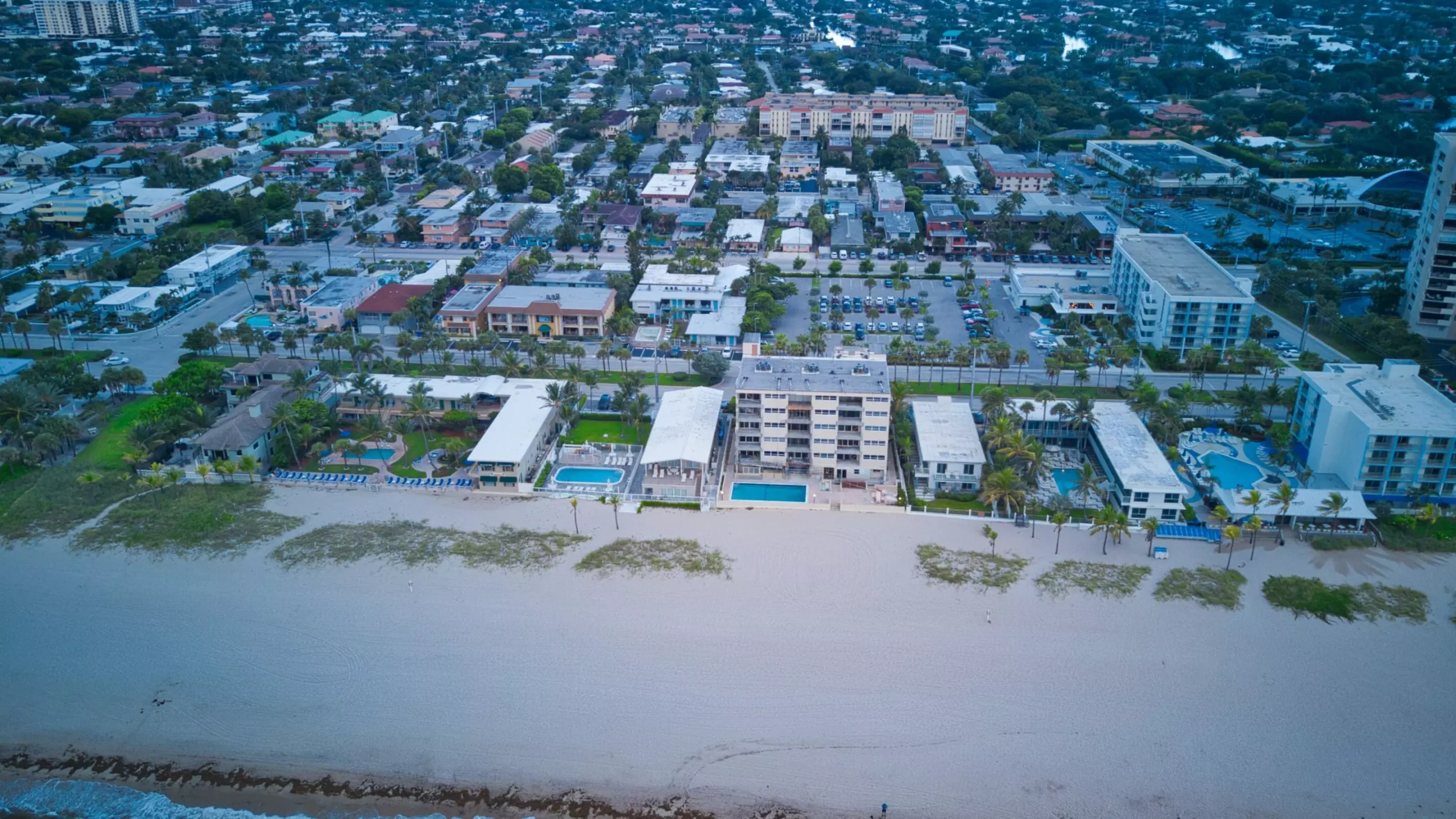The narrative surrounding climate change is fraught with alarming predictions and discussions of imminent disasters. The impact of climate change is vividly illustrated by natural catastrophes such as fierce wildfires, catastrophic hurricanes, and relentless floods. These phenomena paint a bleak picture of our planet’s future and have instigated urgent calls for action. However, a new study led by researchers from Dartmouth has introduced a nuanced perspective that challenges some prevailing assumptions about sea-level rise, focusing specifically on the dynamics of polar ice sheets. While they acknowledge the severity of climate change, they assert that the most extreme projections regarding ocean levels driven by ice sheet melting, particularly those highlighted in the recent Intergovernmental Panel on Climate Change (IPCC) report, may be overstated.
The IPCC’s Alarming Predictions
The IPCC’s sixth assessment report presented a scenario where the collapse of Antarctica’s ice sheets could lead to a dramatic surge in global sea levels—potentially by as much as 50 feet by the year 2300. This prediction, while marked by the IPCC as having a “low likelihood,” gained attention due to its catastrophic implications. Should this scenario materialize, it would have calamitous consequences for regions like Florida, transforming coastal cities into underwater ruins. The cornerstone of this alarming projection rests on a concept dubbed the Marine Ice Cliff Instability (MICI), which theorizes a domino effect in ice sheet collapse. However, this hypothetical mechanism has yet to be substantiated by extensive observational data.
The Dartmouth-led study takes a fresh look at the MICI hypothesis, employing three advanced high-resolution models to simulate the behavior of ice sheets, particularly the notorious Thwaites Glacier—aptly nicknamed the “Doomsday Glacier.” The investigation yielded notable findings, suggesting that the anticipated rapid collapse driven by MICI is significantly less probable than initially hypothesized. Lead researcher Mathieu Morlighem emphasized that their simulations indicated a more gradual and less extreme behavior in ice cliff dynamics over the next century. This research underscores the necessity for accuracy in projections that may influence policymaking and coastal planning.
The implications of high-end sea-level projections extend beyond scientific curiosity. Policymakers often rely on these models to inform decisions regarding infrastructure, such as the construction of seawalls, and to assess the feasibility of relocating communities from vulnerable coastal areas. By presenting an exaggerated picture of potential sea-level rise, there is a risk of diverting resources away from the most pertinent areas of concern. Morlighem noted that while it is crucial to prepare for rising sea levels, it is equally essential that planners understand the reliability of the models they are using. He articulated the potentially life-altering importance of accurate projections, which can affect real estate decisions, insurance policies, and disaster preparedness strategies.
At the heart of the study lies a critical examination of how ice sheets react to changes in their environment. The research revealed that while ice cliffs are susceptible to collapse, the mechanics driving such processes are more complex than the initial simulations suggested. Specifically, Morlighem’s team found that even if Thwaites Glacier experiences a sudden ice shelf collapse, the ensuing retreat would not occur at the alarming rate predicted by MICI. Instead, their findings indicated the glacier would likely exhibit a different behavior: a rapid movement toward the ocean without the accompanying destabilization that MICI posits. This unexpected outcome points to the need for continued research and monitoring of glacial dynamics in a changing climate.
While the Dartmouth study provides valuable insights into the uncertainties surrounding extreme sea-level rise predictions, it does not dismiss the threat posed by climate change. The researchers acknowledged that other established models, such as the Marine Ice Sheet Instability (MISI), continue to signal dangers that will contribute to sea-level rise in the coming years. Understanding these established mechanisms is crucial as the world wrestles with the ongoing climate crisis. Co-author Dan Goldberg emphasized that while his team did not observe the MICI process in the near term, there are indeed significant threats posed by the dynamics of ice sheets that need to be monitored and understood.
As climate science evolves, so too must the dialogue surrounding it. The lessons from this study remind us that while high-stakes projections can guide policy, fostering an understanding of the mechanics driving these changes is equally vital to formulating effective responses to the challenges imposed by our rapidly changing climate.

